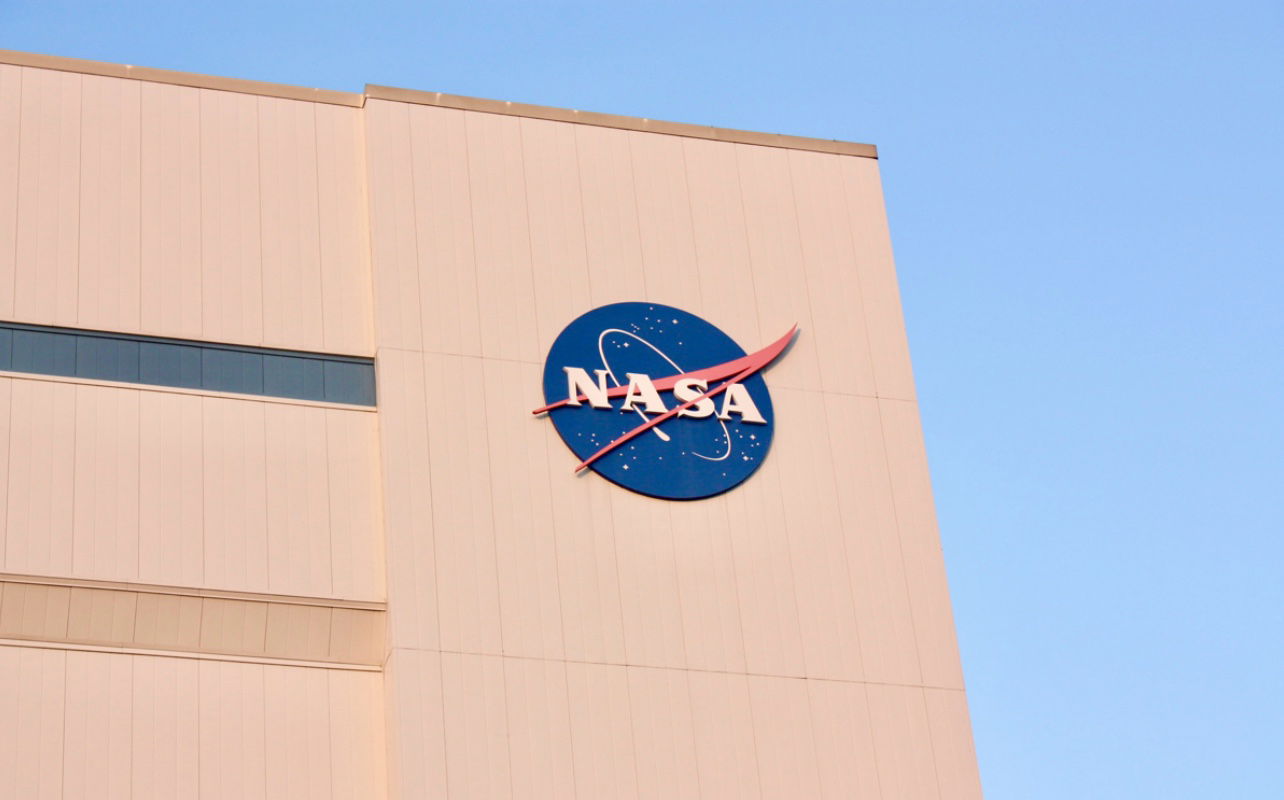
September 22, 2024
The honored women were pioneers in their field and played crucial roles during the heated space race against the Soviet union.
A group of Black female scientists and mathematicians who were trailblazers of their time, known as NASA’s “Hidden Figures,” were honored with the awarding of Congressional Gold Medals on September 18. Katherine Johnson, Mary Jackson, Dorothy Vaughan, Andrea Mosie, and Christine Darden were given the highest award to citizens by Congress for their immeasurable contributions to space exploration.
The Congressional Gold Medal is the oldest and highest civilian award in the United States. It is awarded for national appreciation for distinguished achievements and contributions by individuals or institutions.
As reported by NPR, Johnson, Jackson, Vaughan, and Darden were awarded the distinction for their work in developing the U.S. space program during the infamous space race.
NASA Administrator Bill Nelson praised the women. He said, “They made it possible for Earthlings to lift beyond the bounds of Earth, and for generations of trailblazers to follow.”
Although Vaughan, Johnson, and Jackson were honored posthumously, their families accepted the awards on their behalf. Darden had to stream the ceremony from Connecticut, but her family also accepted the honor in her place on Capitol Hill.
Andrea Mosie, who is the Apollo Sample Lead Processor at NASA’s Johnson Space Center, was given the fifth Congressional Gold Medal.
House Speaker Mike Johnson described each of the women as “giants on whose shoulders all of those astronauts actually stood.”
He continued to explain that they proved “America’s strength lies in our ability to harness the talents of all of our citizens and to look beyond divisions.”
“At a time in America when our nation was divided by color and often by gender, these women dared to step into the fields where they had previously been unwelcomed. They excelled in science and math and made groundbreaking contributions in aeronautics.”
Johnson added, “But these women didn’t just crunch numbers and solve equations for the space program. They actually laid the very foundation upon which our rockets launched, and our astronauts flew, and our nation soared.”
NASA Administrator Nelson described while presenting the awards, “The pioneers that we honor today, these Hidden Figures — their courage and imagination brought us to the Moon. And their lessons, their legacy, will send us back to the Moon and then, imagine, just imagine, when we leave our footprints on the red sands of Mars.”
Katherine Johnson, Mary Jackson, Dorothy Vaughan, and Christine Darden worked in a segregated department at NASA’s Langley Research Center but eventually became known as “human computers” amongst their colleagues for their incredible mathematical abilities, which successfully calculated projections for key projects such as the 1969 Apollo 11 moon landing mission.
The Hidden Figures Congressional Gold Medal Act was introduced by late Texas Representative Bernice Eddie Johnson back in 2019 and allowed Congress to honor each of the four women with a medal, as well as award a fifth medal to recognize any women who served as computers, mathematicians and engineers at the National Advisory Committee for Aeronautics and the National Aeronautics and Space Administration between the years of 1930s and ’70s. This fifth award went to Andrea Mosie.
The women were not only successful mathematicians in their fields, but also broke boundaries and set records. In 1958, Jackson was NASA’s first Black female engineer, and in 1949, Vaughan became the first Black female supervisor of the National Advisory Committee for Aeronautics. Darden produced groundbreaking research on supersonic aircraft noise and became the first Black woman in NASA’s Langley Research Center history to be appointed to top management in its senior executive service.
In recent media culture, Katherine Johnson, Mary Jackson, Dorothy Vaughan, and Christine Darden were subjects in the book Hidden Figures. Written by Margot Lee Shetterly, the book told the story of the women’s experiences working at NASA and how the intersectionality of both Blackness and womanhood informed their work through the discrimination they overcame from those around them. Hidden Figures was adapted into a film and released in 2016.
RELATED CONTENT: NASA Dedicates Building To Women Of Apollo 11 Mission, Including Phylicia Rashad And Debbie Allen’s Mother



 3 hours ago
41
3 hours ago
41

















